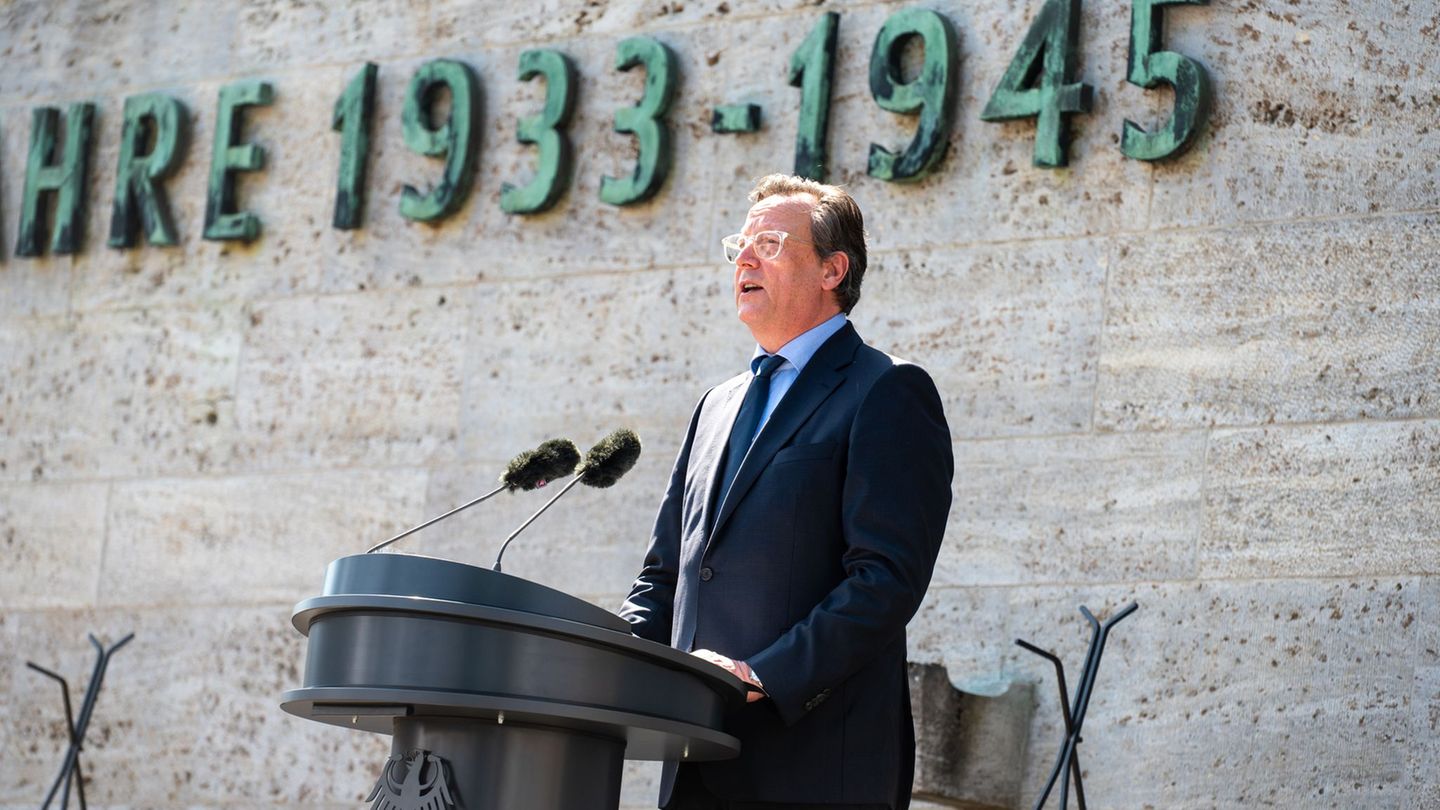The explosion could be heard thousands of kilometers away, in the South Pacific ash clouds piled high in the air: the massive eruption of an undersea volcano near the island of Tonga put many Pacific countries on alert over the weekend and triggered tidal waves. Tsunami waves were recorded not only in Tonga, but also in New Zealand, Japan and Fiji.
This Facebook post is disabled
Please activate the category Social media in your cookie settings to view this item. My cookie settings
Flooding in Santa Cruz, California, has also been attributed to the eruption of the Hunga-Tonga-Hunga-Ha’apai submarine volcano. New Zealand Prime Minister Jacinda Ardern said on Sunday there had been no official reports of injuries or deaths. The communication link with Tonga was initially massively restricted. The USA and the United Nations promised help. According to the aid organization Save the Children, a person was missing in Tonga’s capital, Nuku’alofa, as reported by Radio New Zealand (RNZ).
Eruptions for two consecutive days
The submarine volcano, about 40 miles from Tonga’s capital, erupted for two days in a row. While only small tsunami waves were registered after the first eruption on Friday, according to media reports, the second eruption on Saturday could also be heard in New Zealand, 2,000 kilometers away, according to media reports. It had temporarily led to tsunami warnings in many parts of the Pacific. People have been urged to stay away from coastal areas. Residents of Tonga were ordered to move to higher ground.
Ardern said a tsunami “significantly hit” the north side of Nuku’alofa. According to the Australian Meteorological Service, the wave was 1.2 meters high. According to the New Zealand Prime Minister, boats and boulders were washed ashore and buildings were damaged. Tonga was covered in volcanic dust as a result of the volcanic eruption, and communication links with the island kingdom in the South Pacific were restricted because an undersea cable was damaged. Mobile phones worked accordingly.
ash fall and flooding
Local media in Tonga reported an ash shower, flooding of houses and disruption of telephone and electricity connections. Video clips posted on social media showed waves inundating properties and buildings in Tonga. Media released satellite images showing the eruption of the Hunga-Tonga-Hunga-Ha’apai volcano. The ash was thrown up to 20 kilometers into the air, it said.
Ardern said authorities are working to restore communications with Tonga as soon as possible. At the moment, “unfortunately, not much information is available from the outer islands (…).” Tonga’s water supply is a priority. The New Zealand Defense Forces would attempt to launch a surveillance flight on Monday. The ash makes flying unsafe. A naval ship was also put on standby.
The weather agency in Japan lifted a tsunami warning for the Pacific coast on Sunday. Previously, tidal waves of around one meter high had been registered on the coast of northeastern Iwate Prefecture and in southwestern Amami, it said. There were no reports of damage or injuries. Tsunami waves were also reported from New Zealand, where several boats sank at a marina in Northland after a 1.3 meter tidal wave.
Guterres ‘deeply concerned’
Save the Children Fiji executive director Shairana Ali said Fiji and Vanuatu were hit by tidal and tsunami waves. There was damage in the coastal areas, but no fatalities. UN Secretary-General António Guterres said he was “deeply concerned”. The UN stands ready to provide support. US Secretary of State Antony Blinken tweeted: “The United States stands ready to provide support to our Pacific neighbors.”
The US National Weather Service (NOAA) announced on Saturday that the effects could also be felt on parts of the west coast of the country and in Alaska. A tsunami advisory was also issued for Hawaii. So far, however, no damage has been reported there, it said. The notices were lifted on Sunday.
The volcanic eruption triggered a pressure wave that was noticeable worldwide and also in Austria, as the ZAMG (Central Institute for Meteorology and Geodynamics) reported on Twitter on Sunday. On Saturday evening, these short-term strong air pressure fluctuations reached the country and could be measured at the Sonnblick Observatory and at the neighboring Kolm-Saigurn.
Hunga-Tonga-Hunga-Ha’apai has been active since December. The volcano is about 30 kilometers southeast of Tonga’s Fonuafo’ou Island (also known as Falcon Island). Experts did not rule out further volcanic activity and tsunami warnings. This could continue for weeks or even years, Shane Cronin, a professor of geosciences at the University of Auckland, was quoted as saying by RNZ. “In the interests of the people of Tonga, I hope not.”
Source: Nachrichten




